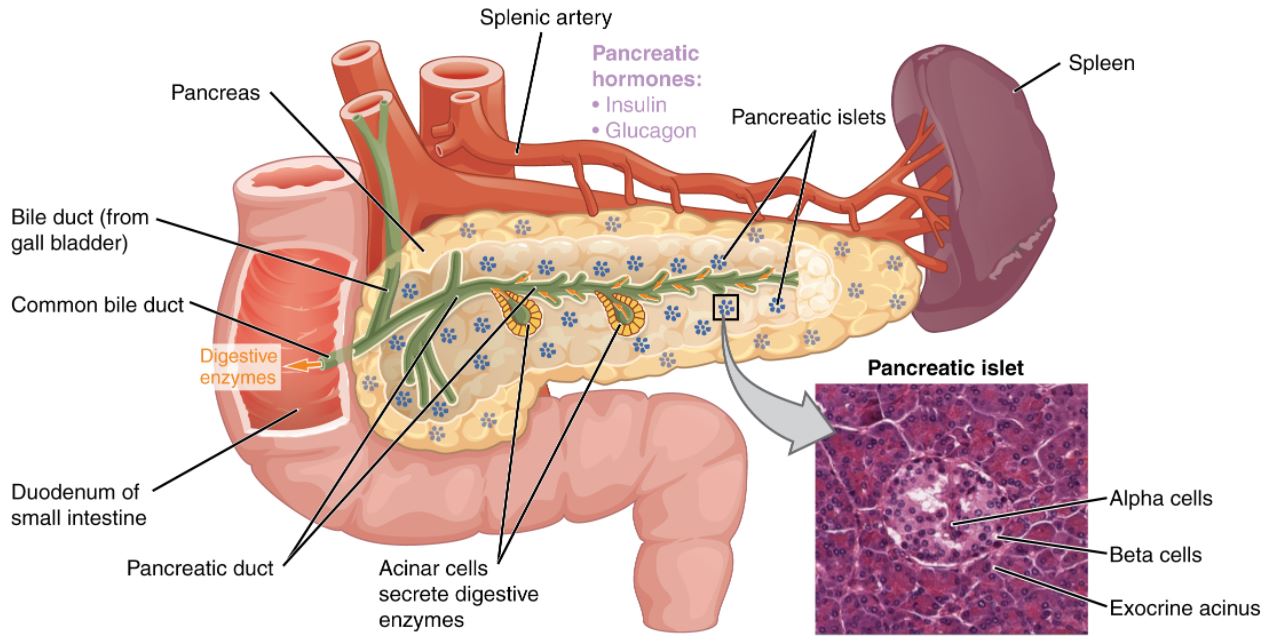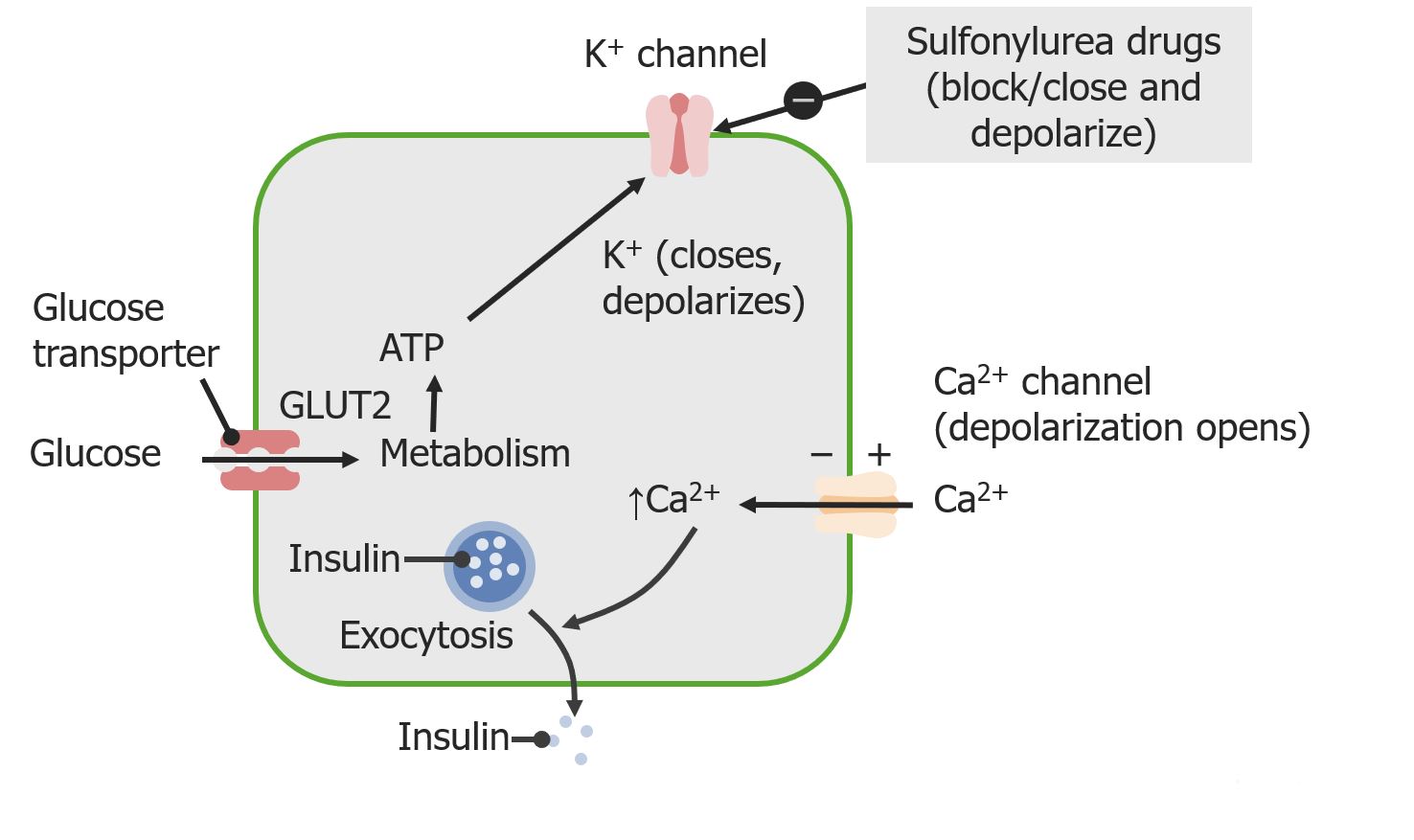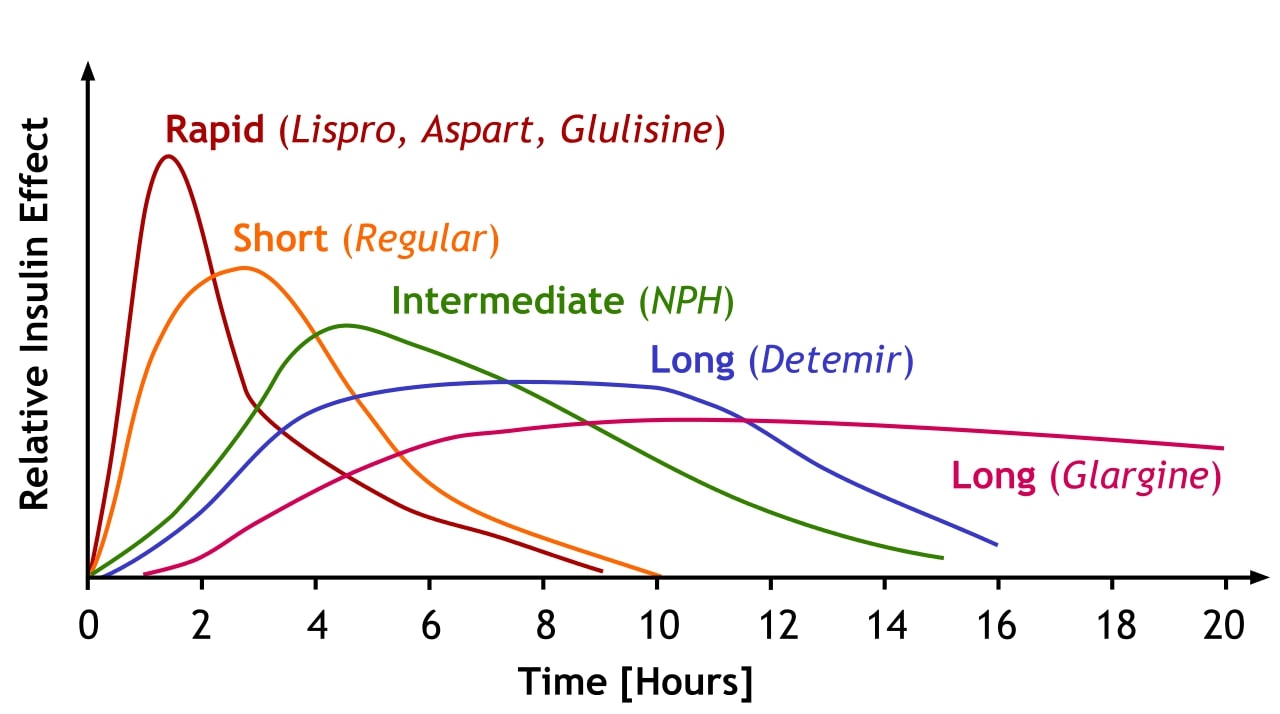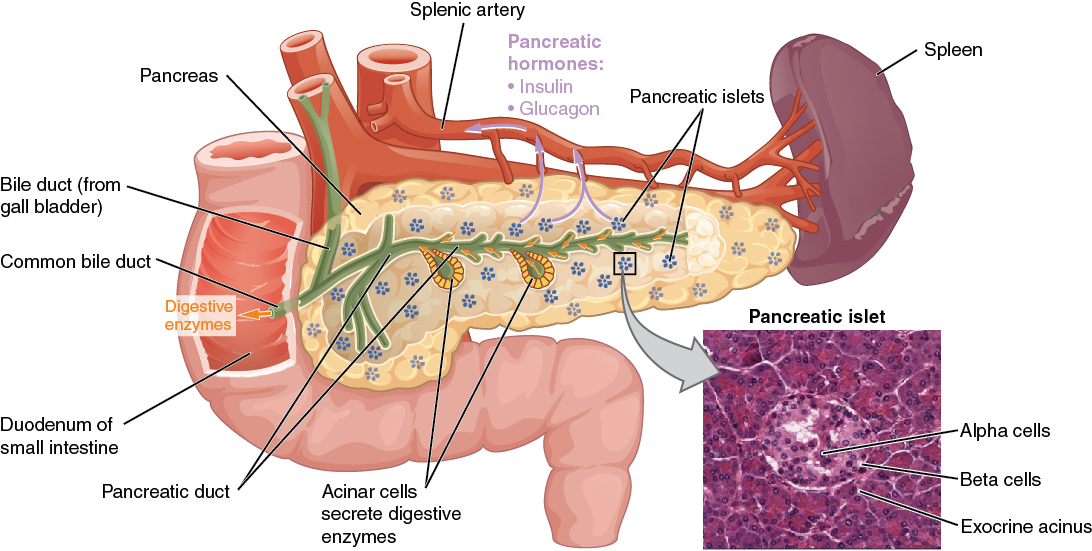Playlist
Show Playlist
Hide Playlist
Honeymoon Phase with Case
-
Slides 02-03 Diabetes Mellitus part 1.pdf
-
Download Lecture Overview
00:00 Let's go on to another case. An 18-year-old woman is diagnosed with type 1 diabetes 3 months prior to coming to see you. Her initial hemoglobin A1c level was 12.3%. She was started on both a basal and a prandial insulin regimen. Her blood glucose readings now show episodes of both fasting and postprandial hypoglycemia with blood glucose levels ranging from 45-60 mg/dL. Medications are insulin glargine and insulin aspart and on physical examination her blood pressure is 115/60 and her pulse rate is 60 beats/minute. Her BMI is 18 kg/m2. The remainder of her examination is unremarkable. Her current hemoglobin A1c level is 6.2%. What accounts for the low blood glucose readings? This young woman has type 1 diabetes that was diagnosed 3 months ago manifesting with a very very high hemoglobin A1c. After beginning treatment with insulin before each meal and long-acting insulin doses in the morning and evening, her blood sugar levels are now very low 3 months later. Her exam reveals a very thin patient manifested as a low body mass index and her hemoglobin A1c is quite low, in fact it is now half of what it was 3 months prior. What this implies is that she is responding very very well to her insulin dosing, which is calculated initially based on her body mass index at the time of diagnosis and her calculated carbohydrate load in her daily diet. As the insulin begins to work, there is a reduced metabolic stress on the remaining beta cells and reduced toxicity from prior high glucose levels on the pancreas. Some beta cells regained their ability to produce endogenous insulin and she is now getting too much exogenous insulin in the form of her daily insulin injections so hemoglobin A1c is low and her pre-meal fingerstick sugars are also low. This phenomenon is called the honeymoon phase of type 1 diabetes and its management and presence is a good sign that the pancreas and beta cell activity is recovering. The unfortunate thing is that it only lasts for a very short time. The conclusion to this case is that the honeymoon phase is accounting for a low blood glucose and we're now going to go on to our discussion of the honeymoon phase. The patient's pancreas has responded to the low blood sugar from treatment with insulin by resuming endogenous insulin production and this has led to in combination with endogenous and exogenous insulin hypoglycemia. It is likely that this condition will not be permanent and this patient would benefit from low insulin doses of both her bolus dose and her prandial dose. After insulin therapy for type 1 diabetes begins, the remaining functioning beta cells may regain the ability to produce some insulin, which explains her low blood sugars. The ability of some beta cells to produce endogenous insulin and the lower blood sugars in the short term in terms of her fingersticks and low blood sugars in the intermediate term in terms of her hemoglobin A1c. As stated, this unfortunately does not last. The next step, as mentioned, would be to reduce her basal and prandial insulin doses so that hypoglycemia is avoided. Continuing insulin, however, even at low doses is recommended during the honeymoon phase. This is in order to preserve the beta cell function as long as possible by reducing the metabolic stress on those remaining cells.
About the Lecture
The lecture Honeymoon Phase with Case by Michael Lazarus, MD is from the course Diabetes Mellitus. It contains the following chapters:
- Case: 18-year-old Woman with Type 1 DM
- The "Honeymoon Phase"
Included Quiz Questions
What is the correct term for low blood glucose readings after starting insulin?
- Honeymoon phase
- First dose phase
- Hyperresponse
- Insulin overreactivity
- Treatment intolerance
What is the correct mechanism of the 'honeymoon phase' that is observed in type 1 diabetes mellitus?
- Exogenous insulin induces a hypoglycemic state that in turn stimulates endogenous insulin production and further hypoglycemia.
- Exogenous insulin directly stimulates insulin production by pancreatic beta cells.
- The honeymoon phase occurs regardless of whether or not insulin therapy is initiated.
- Exogenous insulin induces a hyperglycemic state that in turn stimulates insulin production by pancreatic beta cells and further hyperglycemia.
- The mechanism of the honeymoon phase in type I diabetes is similar to that in type II diabetes.
What accounts for the low blood glucose readings in the case described below? An 18-year-old woman who received a diagnosis of type 1 DM 3 months ago presents for evaluation. Her initial HbA1c level was 12.3%. She was started on a basal and prandial insulin regimen (insulin glargine and insulin aspart). Her blood glucose readings now show episodes of both fasting and postprandial hypoglycemia, with levels ranging from 45 to 60 mg/dL. Physical examination: Blood pressure is 115/60 mm Hg, pulse is 60 beats/min, and BMI is 18 kg/m2. Laboratory test result: Her current HbA1c level is 6.2%.
- Honeymoon phase of initial insulin treatment
- Dawn phenomenon in young diabetic patients
- Wrong insulin regimen used, requires insulin pump
- Wrong insulin dose prescribed, requires lower dosage
Customer reviews
5,0 of 5 stars
| 5 Stars |
|
1 |
| 4 Stars |
|
0 |
| 3 Stars |
|
0 |
| 2 Stars |
|
0 |
| 1 Star |
|
0 |
Good understanding. Great classes, awesome speaker and teacher. Thanks Dr Lazarus








